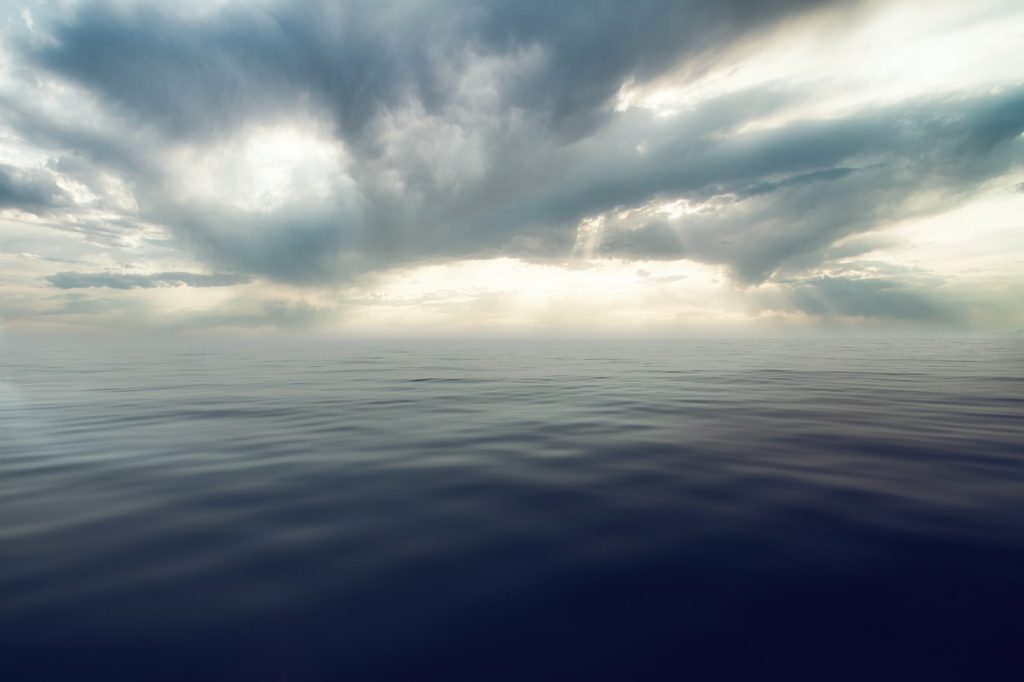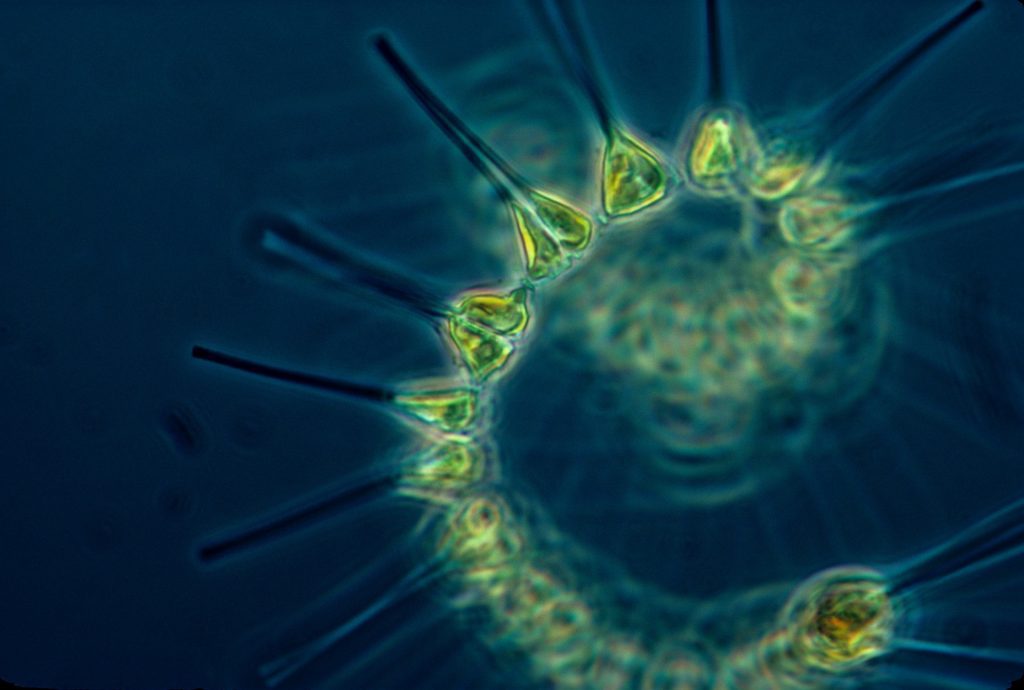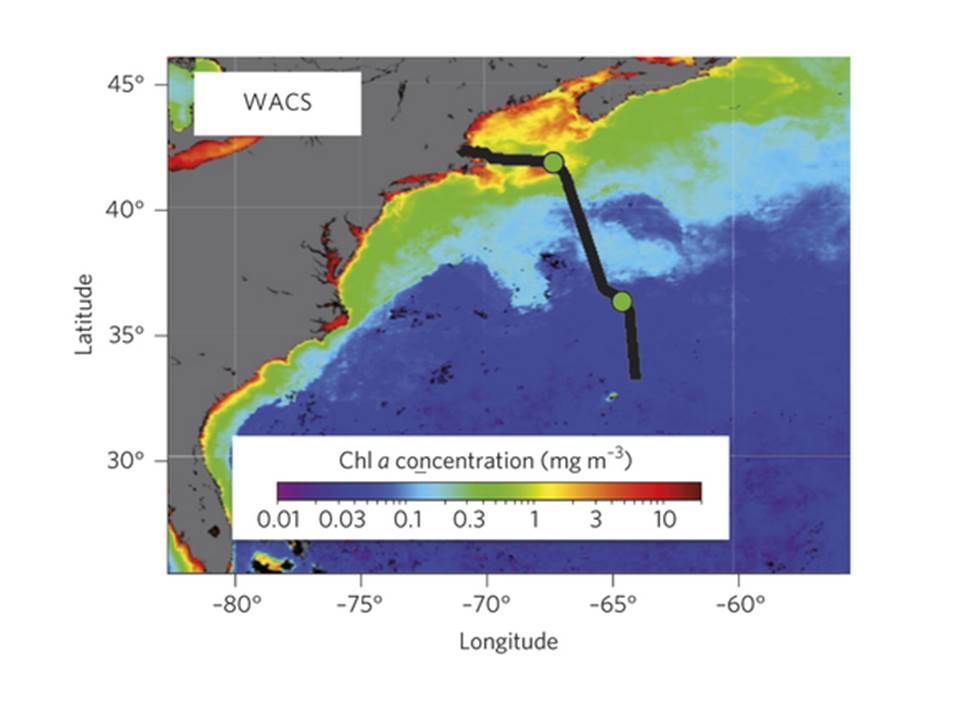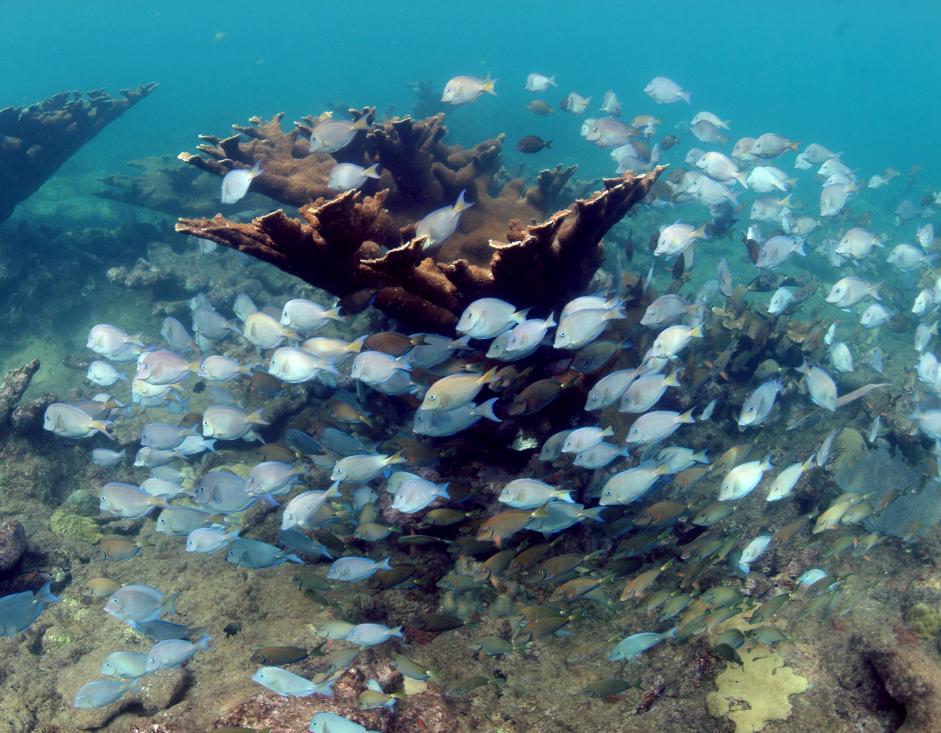Ocean Mixing by Tides Impacts Regional Sea Surface Temperatures in the Maritime Continent
It is well known that within the Maritime Continent, a meteorological term for the region between the Indian and Pacific Oceans, enhanced water mixing processes from tides cause colder sea surface temperatures. An important question is exactly how much this process contributes to broader ocean and climate conditions. A new study, supported by the Climate […]






